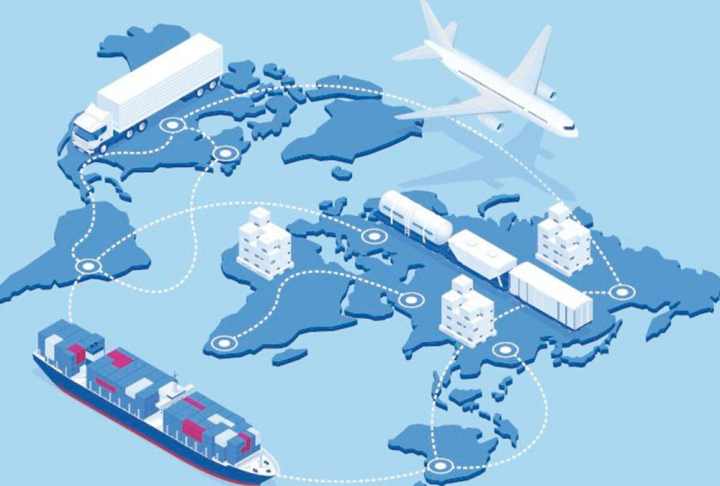India’s Strategic Move to Boost Global Competitiveness
Global Value Chains (GVCs) are integral to the modern economy, providing countries with opportunities to engage in international production networks that drive economic growth and enhance competitiveness. India’s deepening involvement in GVCs is a strategic move aimed at leveraging its industrial capabilities, boosting exports, and creating high-quality employment opportunities. Recent initiatives by the Indian government and industry leaders, spearheaded by the Confederation of Indian Industry (CII), are paving the way for India to solidify its role in these crucial global networks.
The Significance of GVCs for India
Participation in GVCs is vital for India to access international markets, adopt best practices, and diversify its exports. Sectors such as pharmaceuticals, IT, automotive, and textiles have already established significant presence in global supply chains, contributing to India’s economic progress. Enhanced GVC involvement can facilitate technology transfer, attract foreign investments, and foster knowledge exchange, enabling Indian industries to ascend the value chain.
CII’s Role in Enhancing GVC Integration
The CII has played a pivotal role in promoting India’s GVC integration through its Task Force on GVCs. This initiative focuses on advocating for policy reforms and fostering collaboration between domestic and foreign firms. Key advocacy areas include reducing tariff barriers and addressing inverted duty structures, where raw materials face higher taxes compared to finished goods. By lowering tariffs on intermediate goods, CII aims to reduce production costs, making Indian products more competitive on the global stage.
Furthermore, CII’s collaboration with NITI Aayog, highlighted by the “National Workshop on Global Value Chains: India’s Potential and Prospects,” has been instrumental in identifying actionable strategies. The workshop underscored the importance of increased investments in research and development (R&D), expedited industrial infrastructure projects, and the development of a supportive local ecosystem to enhance India’s business environment.
Challenges and Future Prospects
Despite these efforts, India faces several challenges, including infrastructure bottlenecks, regulatory complexities, and high trade costs. Additionally, competition from countries with lower labor costs and favorable trade agreements presents a significant challenge. To overcome these obstacles, India must accelerate infrastructure development, streamline regulations, and improve trade logistics.
Looking ahead, India’s future in GVCs appears promising. The global shift towards diversifying supply chains, driven by geopolitical tensions and the COVID-19 pandemic, positions India advantageously. With a large domestic market, expanding digital infrastructure, and supportive government initiatives like the PLI scheme and Make in India 2.0, India is well-placed to enhance its role in GVCs. Continued collaboration among policymakers, industry leaders, and organizations such as CII will be essential for driving reforms, fostering innovation, and strengthening India’s position in global supply chains.
By addressing existing challenges and fostering a collaborative environment, India has the potential to transition from a goods assembler to a producer of high-value products, thereby boosting its global competitiveness and fostering sustainable economic growth.







